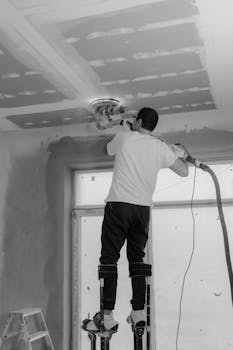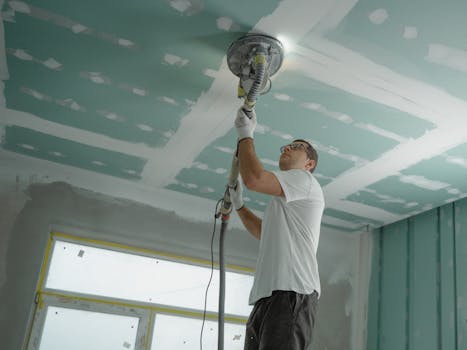
As a homeowner, you are constantly looking for ways to improve your living space. One of the most cost-effective ways to reduce energy costs and improve the comfort of your home is by installing energy-efficient windows. In this article, we will discuss some important tips you should consider before you start your project.1. Evaluate the Performance Ratings of Your WindowsFirstly, it is important to research and evaluate the performance ratings of your current windows. This will allow you to identify the energy-efficient needs of your home. The U-factor and the Solar Heat Gain Coefficient (SHGC) are the two essential ratings used to measure the energy efficiency of windows. The U-factor measures how well the window keeps heat inside the home, while the SHGC measures how much heat the window blocks from entering the home. Generally, the lower the U-factor and SHGC, the more energy-efficient a window is.

2. Choose the Right Frame MaterialThe frame material plays a crucial role in energy efficiency. There are several types of frames available in the market such as vinyl, aluminum, wood, and fiberglass. Each has its unique features and benefits. Vinyl frames are affordable and require little maintenance. Aluminum frames are durable and have high structural integrity. Wood frames offer excellent insulation properties, but they require regular maintenance. Fiberglass frames are relatively new to the market and offer the advantages of the other materials in one frame.3. Select the Right Type of WindowThere are several types of energy-efficient windows to choose from, such as double-hung, casement, sliding, and fixed. Double-hung windows are the most popular type because they provide excellent insulation and can be easily cleaned. Casement windows are hinged on the side and can be opened like a door. They offer good ventilation but have limited view. Sliding windows slide open horizontally and are ideal for smaller spaces. Finally, fixed windows are windows that cannot be opened but provide excellent insulation.4. Choose the Right Glass

Choosing the right glass is essential for energy efficiency. Low-emissivity coatings are an excellent choice for improving insulation and reducing energy costs. Double-pane windows are more energy-efficient than single-pane windows because they provide an extra layer of insulation. Additionally, gas fills such as argon, krypton, or xenon between the glass panes can further increase the insulation properties.5. Hire a Professional InstallerInstalling energy-efficient windows can be complicated. If done incorrectly, it could lead to air leaks or damage to your window or frame. Therefore, it is important to hire a professional installer who is experienced and knowledgeable about the installation process. Ensure that the installer is licensed, insured, and has a good reputation. An excellent installation will ensure the longevity and maximum performance of your windows.In conclusion, energy-efficient windows are an excellent investment for your home. They can reduce energy costs, improve the comfort of your living space, and provide aesthetic appeal. Considering the factors mentioned above, such as evaluating the performance ratings, choosing the right frame material, selecting the right type of window, choosing the right glass, and hiring a professional installer, will help you make the right investment for your home.
 see all posts!
see all posts!







